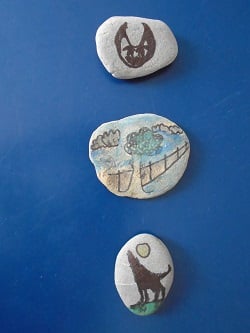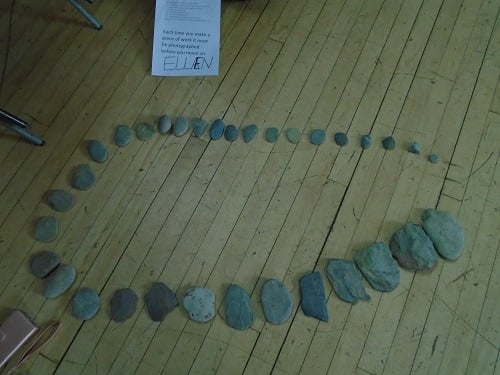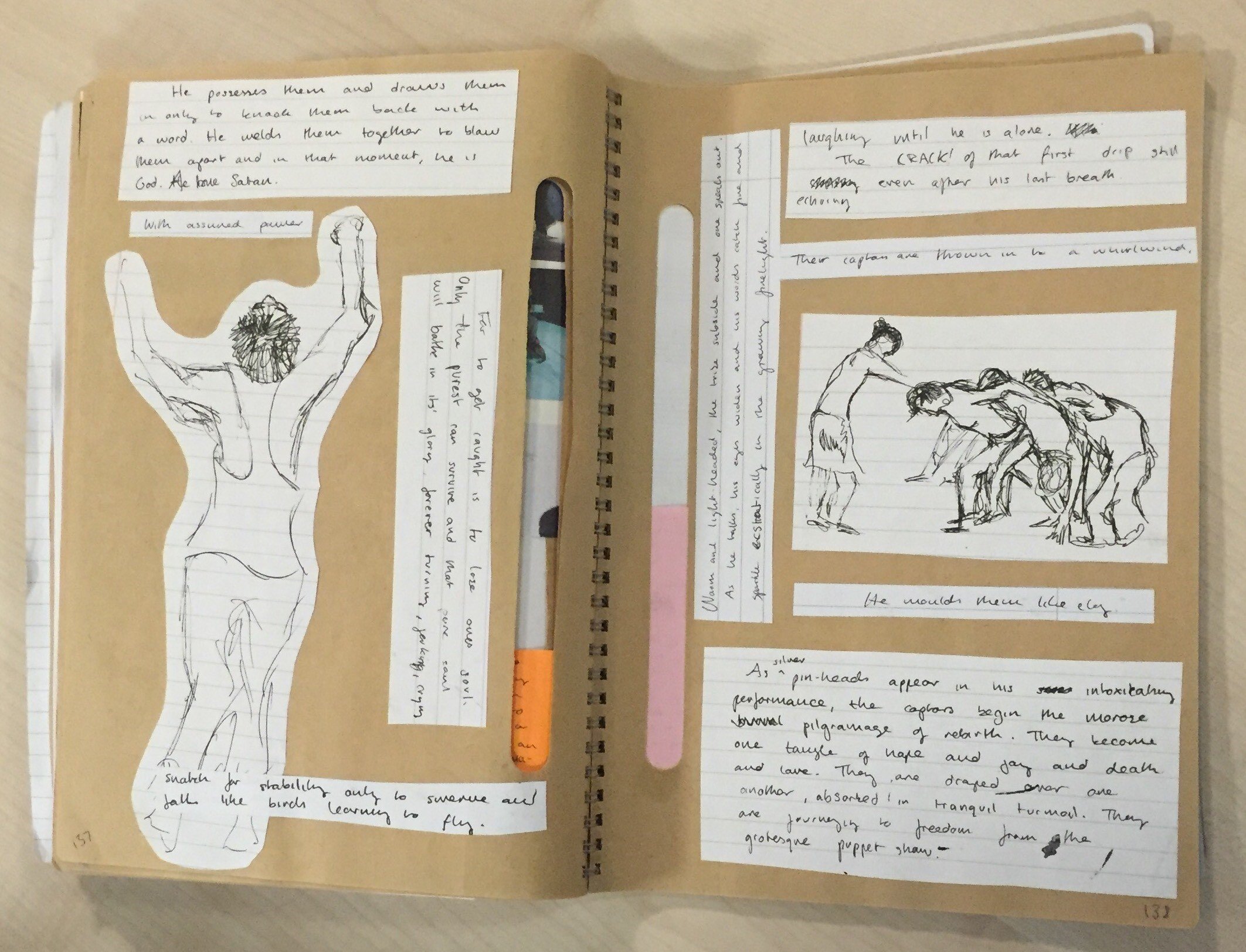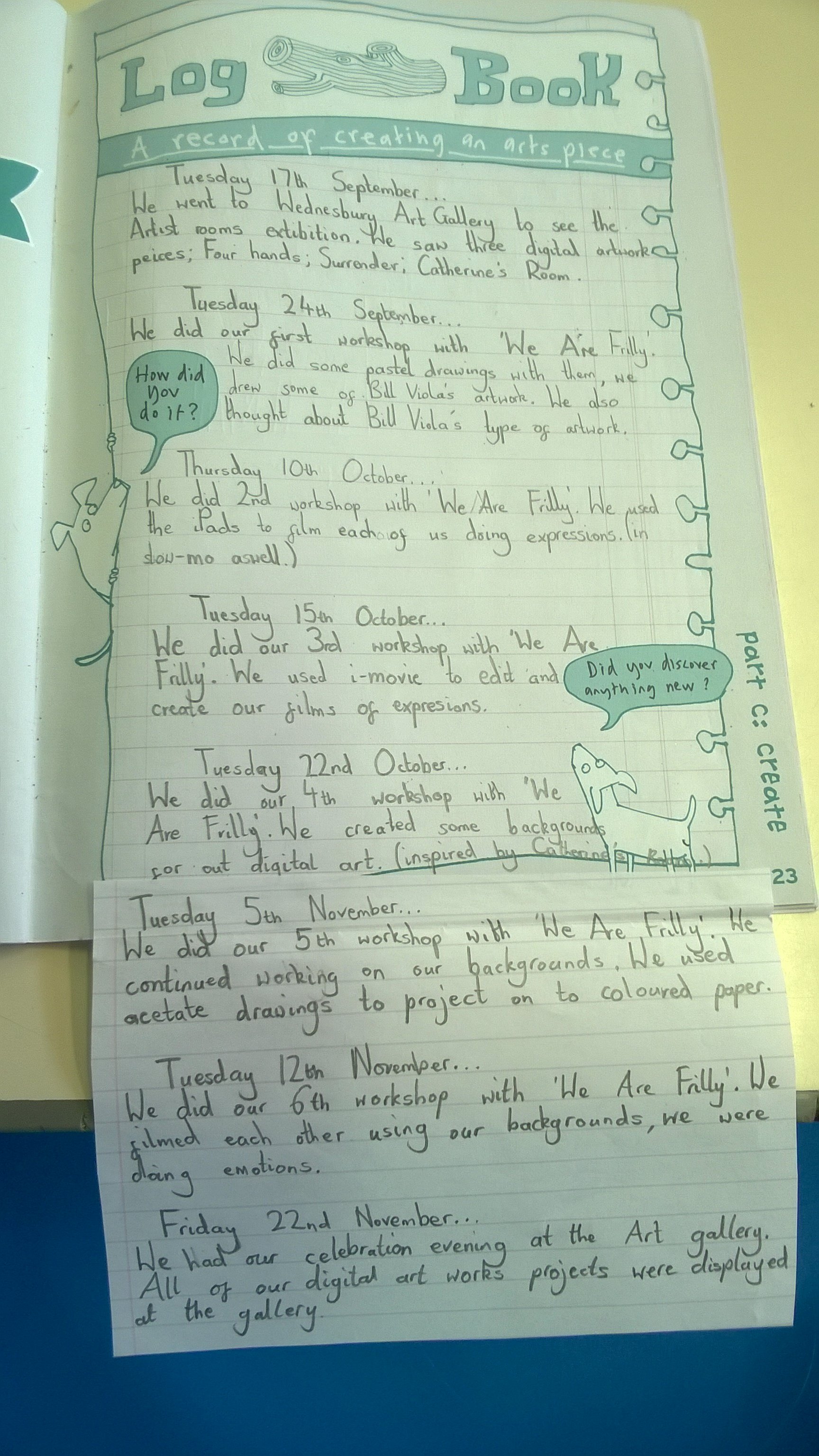
Delivering a socially distanced Arts Award – without online tools!
BY: Guest Writer
30 May 2020
In this post we hear from an adviser who has delivered Bronze Arts Award with a group of vulnerable students who were attending school during lockdown. We are keeping the name of the school confidential to safeguard the young people.
Before the lockdown I had been working in a large rural secondary school, delivering Arts Award at Bronze and Gold levels for over ten years. Luckily our school recognises the positive impact that Arts Award has had and continues to have on our setting; from funding, to trips and career enhancement. My colleague and I had also recently attended a training afternoon in order to deliver the Explore and Discover levels. As well as our mainstream duties, we work together with a group called ‘Intervention’ that aims to provide support and access to education for young people in our school who have different emotional, developmental and behavioural needs.
We had taken groups of students through Bronze Arts Award twice before but this was in a Literacy group and the students were more able to communicate (in any form) independently than the intervention group, who struggle with communication generally.
As lockdown happened, we realised that there was now a whole new group of vulnerable young people that we wanted to introduce to Arts Award. My colleague and I found ourselves on the same rota and had a week together with potentially a core group of about 13 students.
We wanted to do two things:
- The first was to put some of our planning for our intervention group into practice and;
- to potentially enable some of these 13 vulnerable young people to achieve something in the time that we were there with them, within the constraints of the lockdown.
We were already aware that one-to-one advising was so important for this group, and that was our first challenge as we could not do that with this group. We planned our week around the very useful ‘Five Day Bronze’ schedule. This gave us a skeleton to work with as we had little prior knowledge of most of the young people.

We realised very quickly that the group was too large and there were too many opportunities for students to lose focus despite planning in bite-sized activities and competitive elements as they had become used to less structured days from their previous attendance of school during lockdown. Also, we had to structure all our questioning at a distance so there was much less chance for students who were less confident to speak out, we quickly developed checklists and evidence templates adapted from the Trinity ones to counter this.
Part A (explore the arts as a participant) was the most successful. It poured with rain so we built our stone sculptures in the style of Andy Goldsworthy, in the school hall. This kept the students apart probably more successfully than if they had been outside. Part C (arts inspiration) was also successful as the students were able to spend meaningful time online in contrast to the vagueness of the ‘learning time’ that they had every day.

Part B (explore the arts as an audience member) was more difficult. These young people had experienced very few events themselves for various reasons so the online work wasn’t as focused or in-depth as it could have been; they just didn’t have the cultural awareness, despite introductions from us. Some were able to reflect on events they had been to whilst schools was open and for those finding it most challenging on watching videos form their favourite YouTubers and considering the artistic elements of the production, story lines etc.
Part D (arts skill share) was also challenging as many of their students had simply not been in their arts classes this year, mostly due to their poor attendance, so their skills were very limited in terms of what they could pass on to others. Most chose to pass on animation skills and share with teachers and other workers in school , using the computers and with the participant sat at distance in the room.

Recording anything was fraught with challenges due to the nature of this group, so we stuck to scrapbooks. They did like this though as it was a break from online work. Books, pens and glue were regularly sanitised as students naturally share.
The social distancing element of the work in the first week had impacted hugely on the meaningful learning and engagement of the young people, so we needed to extend the timeline to complete the portfolios. We decided to work one-to-one with the students in this time with measures in place to reduce the risks. We would take them to a different space from the rest of the group and this would allow really focused time to capture reflections. There really isn't a replacement to spending some time together, one-to-one, in a room to draw out deeper reflection from students.
Although this project took a lot of energy for us as teachers, we are so glad we have done the work. We really hope the students will get something meaningful, and a qualification, out of this time. We hope to enter 10 students for Arts Award before the end of term.
Related posts
BY: Guest Writer
BY: Alan Lynch




Comments & Replies